Anxiety comes in many forms, from generalized to circumstantial to sexual and beyond. Any type of anxiety has the potential to interfere with your sex life. If you're experiencing anxiety, it's important to know that you aren't alone. The good news is that anxiety can be addressed and there are tools to make it easier to have the sex life you want. Sometimes, stigma surrounding anxiety makes it difficult to openly talk about it or to ask for help but in reality there is nothing to be ashamed of.
Regardless of how you experience anxiety or why, it can affect how you connect with people and yourself which is why it gets in the way of sex. Anxiety has the potential to lower your libido, deflate your confidence, stop you from asking what you want, and prevent you from achieving orgasm - just to name a few effects. You need to figure out the root of your anxiety in order to address it properly. For instance, if your anxiety stems from body insecurity, you may try to spend your energy working on your body image; if your anxiety primarily stems from something like mental illness, this may not be the most efficient way to help your anxiety. Ultimately, there is no one size fits all treatment so it will likely take trial and error to figure out what works best for you.
Here are some ways to help with anxiety and your sex life:
Try to be non-judgmentally mindful and stay in the moment. This is easier said than done but if your mind is constantly wandering during sex, it’s hard to enjoy yourself. You can find tips for being more mindful during sex here.
Talk with your partner(s) about your experience with anxiety. Letting them know that you are experiencing anxiety may alleviate some feelings by getting it out in the open to address. This way, you and your partner can try to work on the problem as a team, as opposed to you navigating it alone.
Take the pressure off of “goal oriented sex,” like expecting penetration or an orgasm as an integral part of “successful” sex. Physical intimacy takes many forms and unlearning expectations about what it “should” look like can help you enjoy yourself more.
Give yourself grace. Anxiety is not your fault and you deserve to be patient with yourself as you work through it.
Therapy is a great option for addressing anxiety if it’s available to you. Consider reaching out to Embrace Sexual Wellness to get in touch with a therapist today!






































